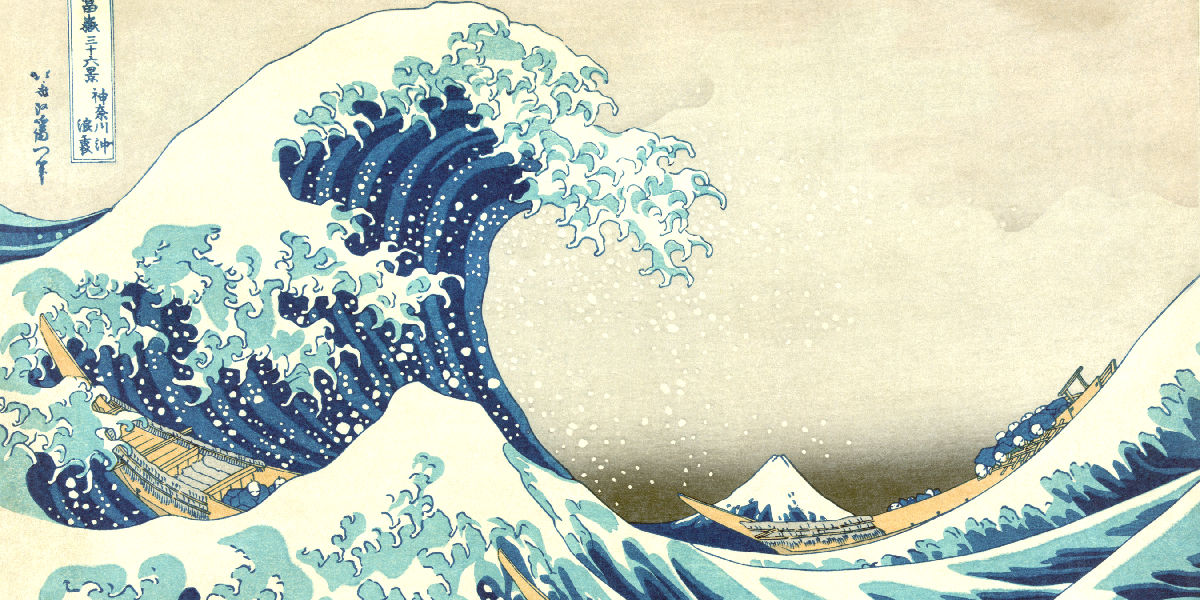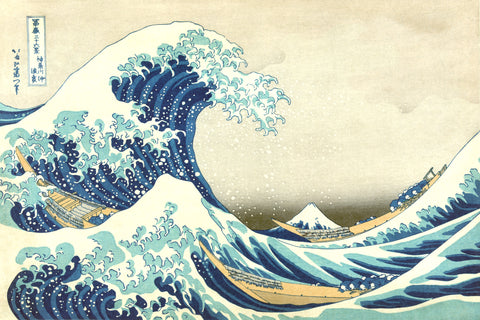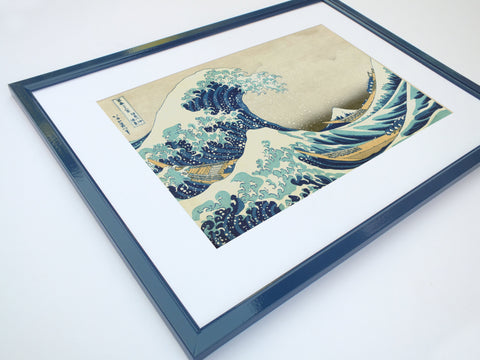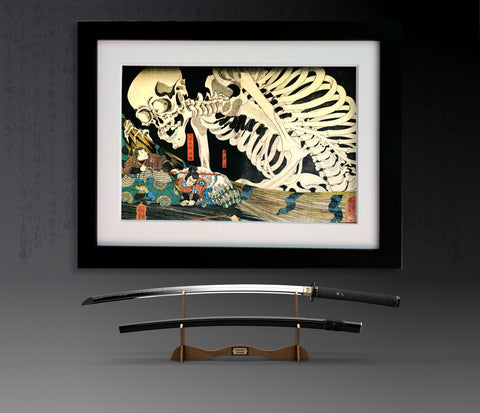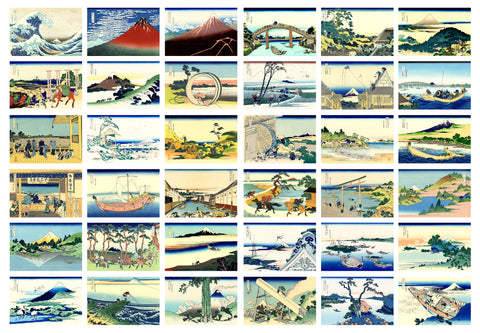Table of Contents:[hide]
Introduction
In the realm of art, certain works stand as timeless masterpieces, captivating viewers across generations. One such iconic piece is "The Great Wave off Kanagawa," a woodblock print created by the renowned Japanese artist Katsushika Hokusai. This article delves into the intricacies of this masterpiece, exploring its historical context, artistic elements, and enduring impact.
1. Historical Context
"The Great Wave off Kanagawa" is part of Hokusai's series "Thirty-Six Views of Mount Fuji," crafted during the Edo period in the early 19th century. This era marked a time of artistic flourishing in Japan, with woodblock printing becoming a popular medium for mass-producing images.
2. The Artist: Katsushika Hokusai
2.1 Early Life and Career
Born in 1760, Hokusai displayed a prodigious talent for art from a young age. He underwent various apprenticeships, adopting different names throughout his career. Hokusai's passion for art and relentless pursuit of perfection led to his evolution into one of Japan's most celebrated ukiyo-e artists.
2.2 Ukiyo-e Art Movement
Ukiyo-e, translated as "pictures of the floating world," was a genre of Japanese art that flourished during the Edo period. This movement often depicted scenes from everyday life, landscapes, and kabuki actors. Hokusai's work significantly contributed to the popularity of ukiyo-e.
Analyzing "The Great Wave off Kanagawa"
3. A Glimpse into the Composition
3.1 Dominance of Mount Fuji
Despite the prominence of the colossal wave, Mount Fuji holds a significant position in the background, balancing the composition. This juxtaposition symbolizes the eternal, unyielding nature of the mountain against the dynamic force of the ocean.
3.2 Foamy Fury: The Great Wave
The focal point of the print is undoubtedly the towering wave, frozen in time with meticulous detail. Hokusai captures the ferocity of the wave, illustrating the fragility of humanity against the overpowering forces of nature.
3.3 The Symbolism of the Boat
Within the trough of the wave, a small fishing boat struggles against the impending disaster. This boat, with its precarious position, serves as a metaphor for human vulnerability in the face of nature's wrath.
4. The Aesthetic Appeal
4.1 Ukiyo-e Techniques
Hokusai employs traditional woodblock printing techniques, utilizing multiple woodblocks to create distinct layers of color and texture. The meticulous craftsmanship is evident in the intricate details of the wave's spray and the delicately carved lines defining Mount Fuji.
4.2 Color Palette
The color palette, dominated by shades of blue, enhances the dramatic impact of the composition. Hokusai skillfully uses gradations of blue to create a sense of depth in the tumultuous sea, while the contrasting whitecaps add a dynamic element to the print.
4.3 Cultural Influence
"The Great Wave off Kanagawa" reflects the cultural significance of the sea in Japanese society. It resonates with the theme of overcoming adversity, mirroring the resilience ingrained in Japanese culture.
Enduring Impact and Legacy
5. Global Recognition
Over the centuries, Hokusai's masterpiece has garnered international acclaim, influencing countless artists and leaving an indelible mark on popular culture. Reproductions and adaptations of the iconic wave can be found on everything from t-shirts to tattoos.
6. Artistic Inspiration
6.1 Influence on Western Art
"The Great Wave off Kanagawa" played a pivotal role in shaping the perception of Japanese art in the West during the 19th century. European artists, including Vincent van Gogh and Claude Monet, drew inspiration from Hokusai's unique style and compositional techniques.
6.2 Contemporary Popularity
In the digital age, the Great Wave continues to captivate audiences worldwide. Its timeless appeal transcends cultural boundaries, making it a symbol of artistic excellence and a testament to the universality of human experiences.
Frequently Asked Questions (FAQs)
FAQ 1: What is the significance of Mount Fuji in "The Great Wave off Kanagawa"?
Mount Fuji holds cultural and symbolic importance in Japanese tradition, often considered a sacred symbol of beauty and endurance. In Hokusai's print, it serves as a backdrop to the dynamic wave, emphasizing the coexistence of tranquility and chaos in nature.
FAQ 2: How did Hokusai achieve the intricate details in the wave?
Hokusai utilized the woodblock printing technique, employing multiple woodblocks to layer colors and textures. The meticulous carving of the blocks allowed for the creation of intricate details, such as the swirling patterns in the wave and the delicate spray.
FAQ 3: What inspired Hokusai to create "The Great Wave off Kanagawa"?
Hokusai drew inspiration from the rich maritime culture of Japan and the prevailing fascination with Mount Fuji. The wave's portrayal reflects both the artist's admiration for the sea and a profound respect for the indomitable power of nature.
FAQ 4: How has "The Great Wave off Kanagawa" influenced contemporary art?
The print's enduring popularity has led to its widespread adaptation and reinterpretation in contemporary art. Its visual impact and symbolic resonance continue to inspire artists across various mediums, from paintings to digital art.
FAQ 5: Is "The Great Wave off Kanagawa" the only notable work by Hokusai?
While "The Great Wave off Kanagawa" stands out as Hokusai's most iconic piece, he produced a vast body of work throughout his career. His "Thirty-Six Views of Mount Fuji" series alone showcases his versatility and artistic prowess.
In conclusion, "The Great Wave off Kanagawa" remains an unparalleled masterpiece that transcends cultural and temporal boundaries. Hokusai's brilliant fusion of traditional techniques, symbolic depth, and aesthetic prowess continues to resonate with art enthusiasts worldwide, securing its place as an enduring symbol of artistic excellence.

